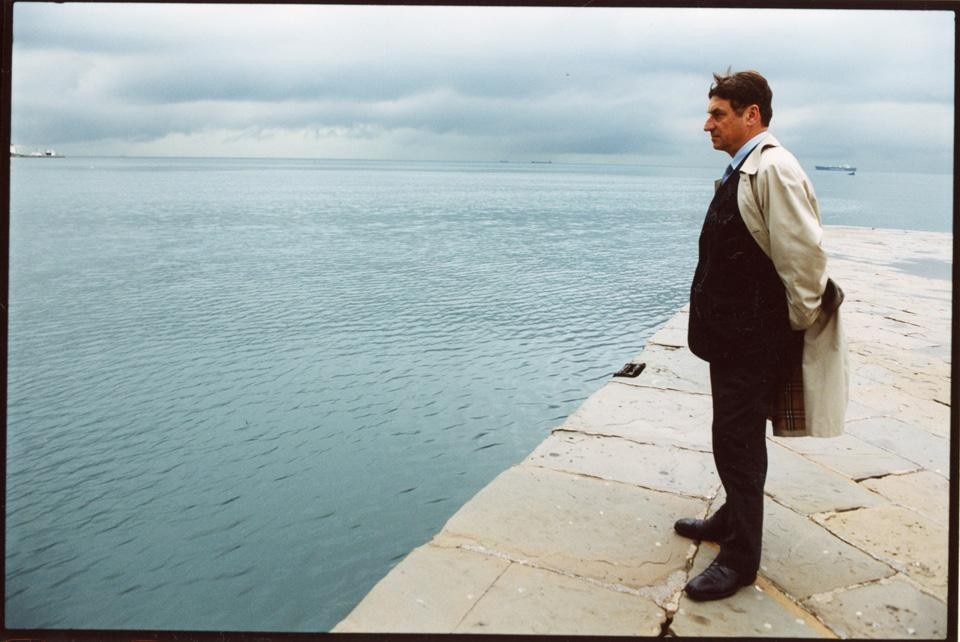You enter the exhibition space as if you arrive to Trieste by the sea: after the sensitive experience of the Bora, you go into a space filled with stones from the Triestine karst. Stones that are hewn, perforated by the water in the original lime soil and in the dolomite soil of this place. Suddenly, everything becomes a lunar landscape, where rough textures surround you and it's easy to understand why so many writers—such as Italo Svevo, Umberto Saba, Rainer Maria Rilke, Scipio Slataper, and James Joyce, among others—have been inspired by this place.
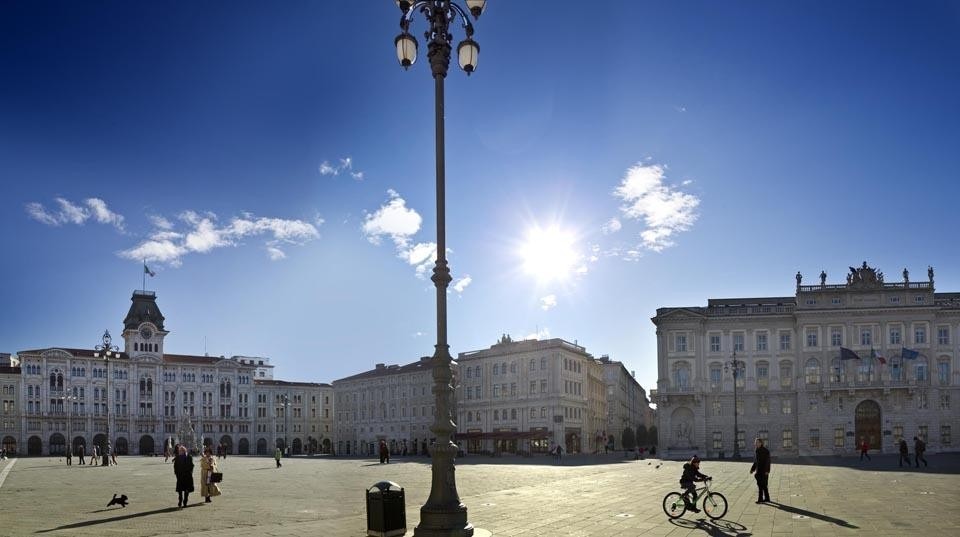
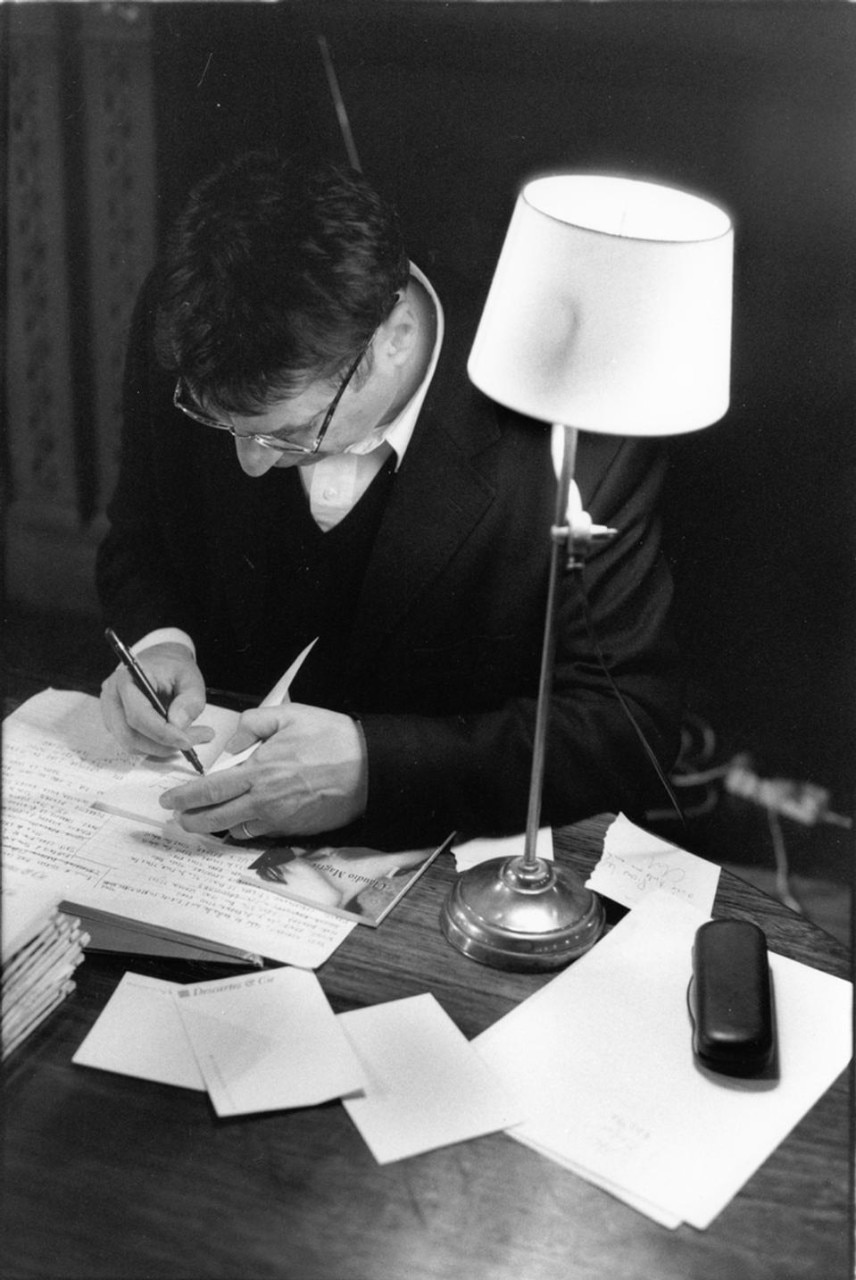
In this exhibition, Magris is the leading thread and point of connection with his city, its personages (both anonymous and famous), the history of the city and to the writer's own memories.
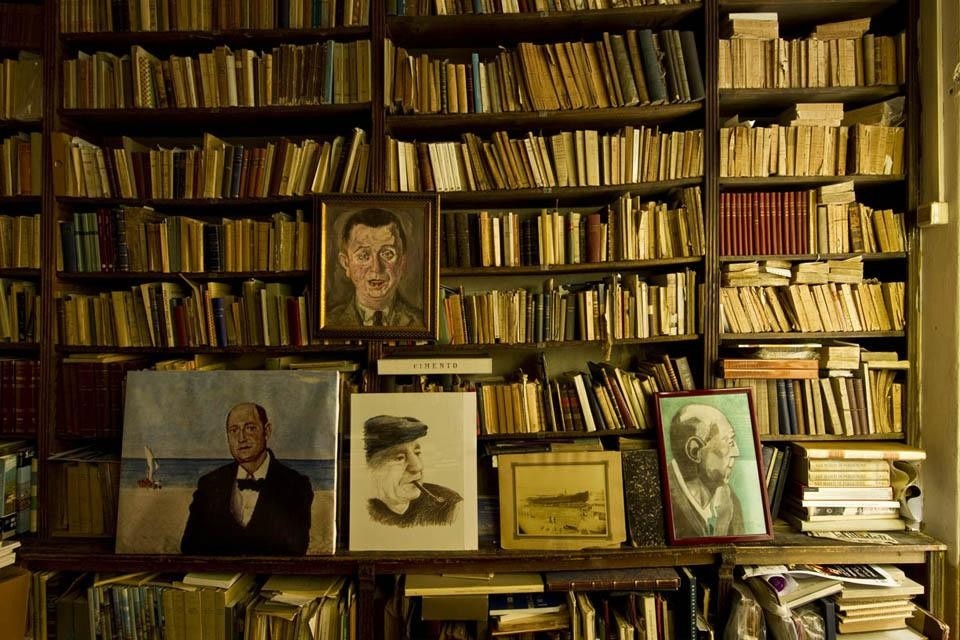
This famous place, the Caffè San Marco is the most well-known café in Trieste, the place where some of Magris's best-known books were thought out and written. The space recreates the Caffè San Marco, the décor of which remains practically unchanged since it opened in 1914. Here you can take a break and browse through Magris's books before going to The Antiquaria bookshop, a reproduction of writer Umberto Saba's bookshop in Trieste. There is a complete space dedicated to Claudio Magris's master work, The Danube. The book follows the history and culture of Mitteleuropa, along the twists and turns of the river. Once you enter here, you feel yourself sailing in the river that flows through cities, regions and countries. A space for everyone who wants to learn about the history of Europe, it's religions, immigrants and cultural landscapes.
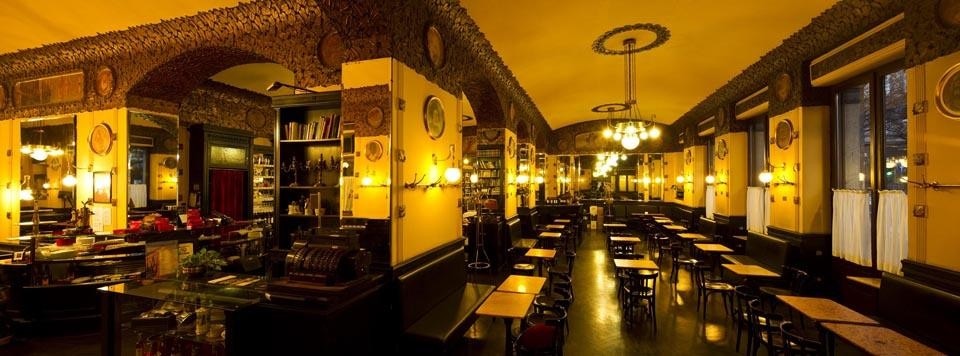
Ethel Baraona Pohl
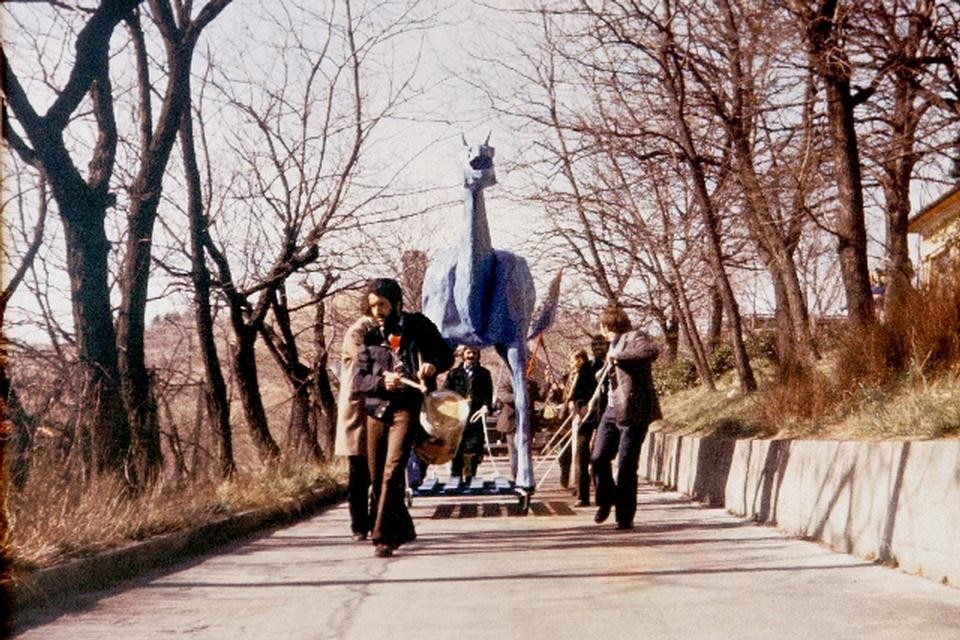
Centre de Cultura Contemporània de Barcelona
On view through 17 July 2011
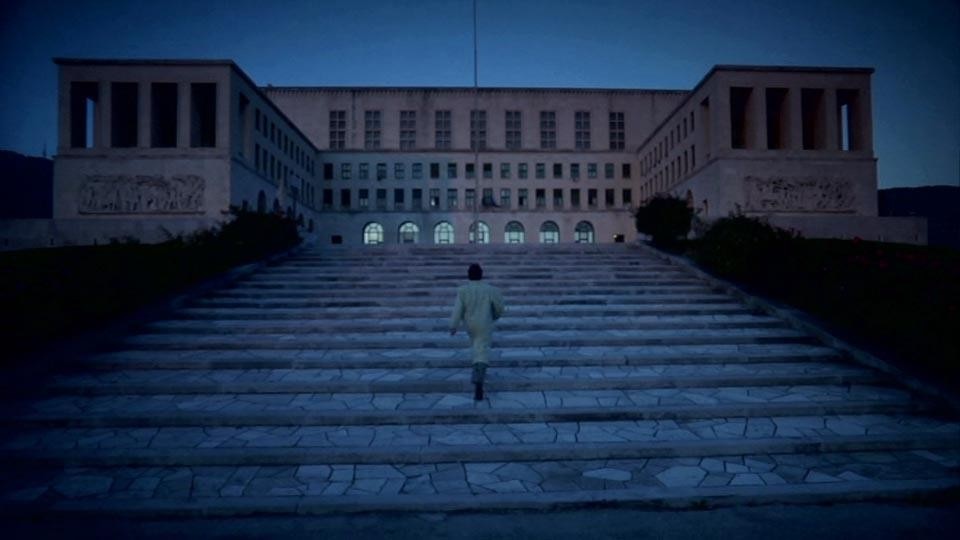
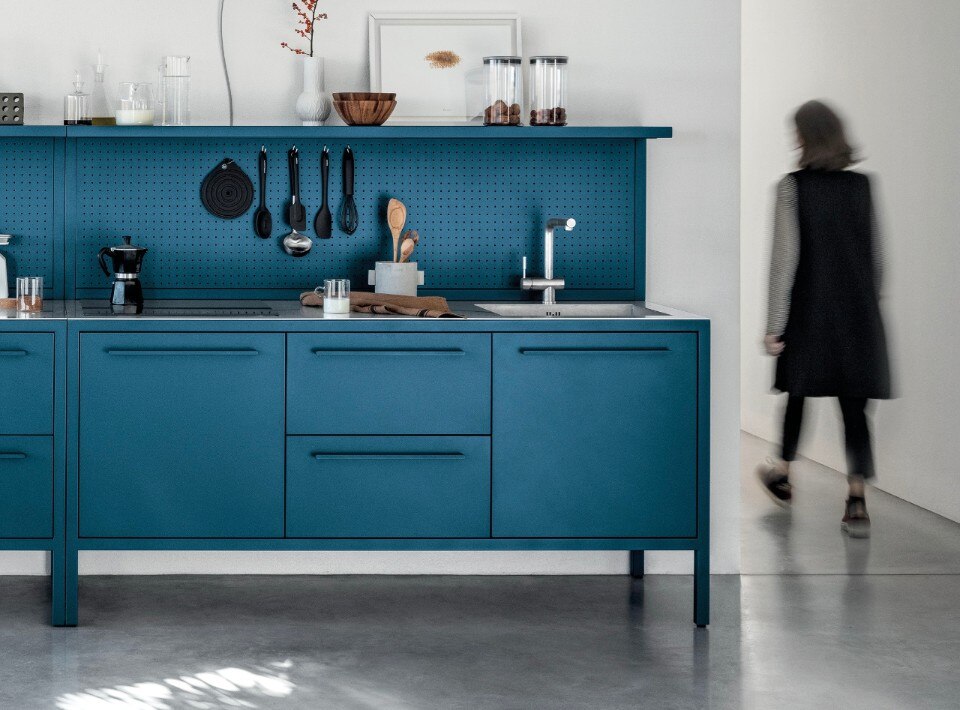
How many forms can an idea take? Fantin has the answer
One material, metal; thirty-five colors; and endless possible configurations for modern, versatile, and functional furniture: design according to Fantin.



